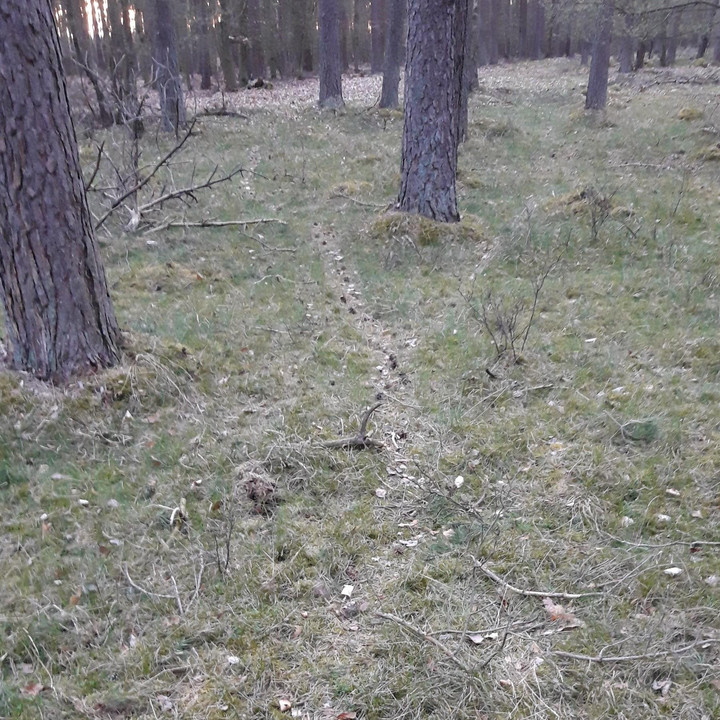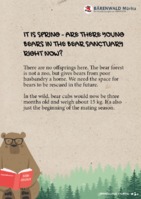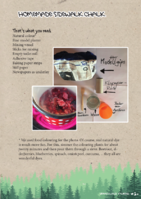
#Smartlikeabear - Week 3
We are starting into the third week of our online environmental education! Step by step you will become as smart as our bears are and learn many new things about animals, nature and other topics. Every morning we will update our overview below, link the videos and upload worksheets you can work with. Have fun!
What's happening this week?
Find the timetable and an overview over all activities below.

Overview week 3
- 10.05. - Monday
Our whole life depends on what nature provides us with. The land on our planet contains forests, fields, roads and cities or moors, steppes and deserts. These areas are finite and produce only a limited amount of raw materials. We humans use these areas to produce our food, build houses and roads, store our waste and produce energy.
For many years, however, we humans have been consuming more than the planet provides. How does this work? We consume raw materials, such as oil, use up forests faster than they can grow, and in the process devastate our soils and change the climate.
In the following quiz, you can guess how much we consume, use, produce or simply throw away.
Question - of -
If you divide the arable land fairly among all inhabitants, how much land is available to each person in our country?
To feed ourselves on meat, we need more arable land than if we eat a vegetarian diet. How much more land do you need?
How many animals does a German eat in the course of his life?
How many pigs end up in the rubbish in Germany every year?
Every day, food ends up in the organic waste bin or on the compost heap. Guess how much food each of us in Germany throws away every year.
For years it has been impossible to imagine Germany without the wolf, but it is also controversial because it does not stop at farm animals. Each wolf needs two to three kilograms of meat per day! But how many wolves are there in Germany?
How much water is consumed per capita every day in Germany?
Cotton and other fibre plants for clothing are produced on part of the arable land on our planet. How much clothing is bought on average per capita in Germany?
Points reached:
- 11.05. - Tuesday
What happened here? As every Tuesday, we show you three unusual pictures. Guess along and test your knowledge

Deer crossing

Earthworm dung

Nest predator
- 12.05. - Wednesday:
There is currently no other topic at BEAR SANCTUARY Müritz than the socialisation of the two brown bears Rocco and Luna. Today, animal caretaker Bianca answers the most important questions and tells us why we will only see after the end of the mating season whether Rocco and Luna will be able to live together in the future.
Note: Any advertisements that may appear during the viewing of this video are unrelated to FOUR PAWS. We assume no liability for this content.
- 14.05. - Friday:
Today we will show you how you can easily make your own crayons together with your children. You will need fine model plaster, an empty toilet paper roll, adhesive tape, a strip of baking paper, sturdy paper and old newspapers as a base. The natural dyes can either be made from fruits, plants or spices or you can use food dyes. Once everything is ready, you can get started. Of course, as always, we look forward to seeing your children's artwork.
Feel free to send us photographs by email. We look forward to it.

